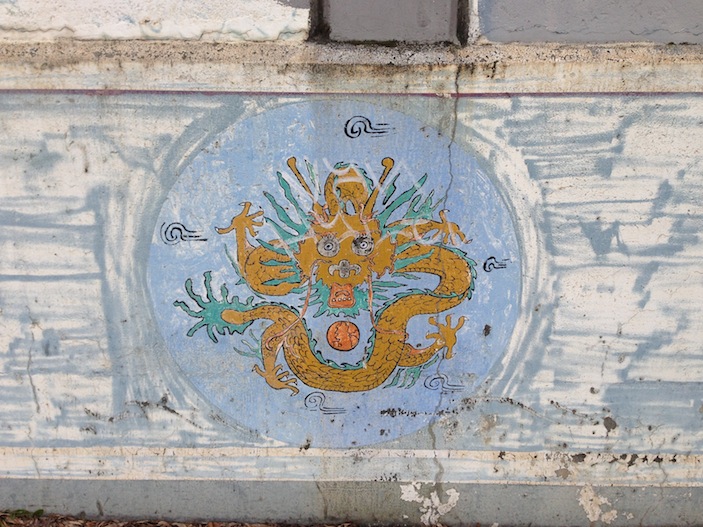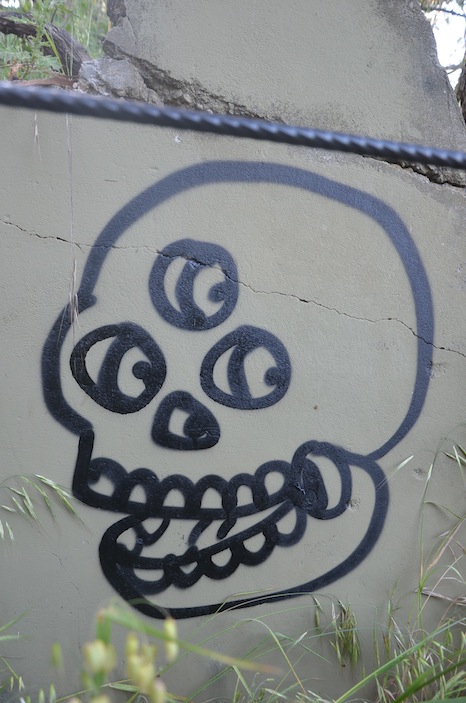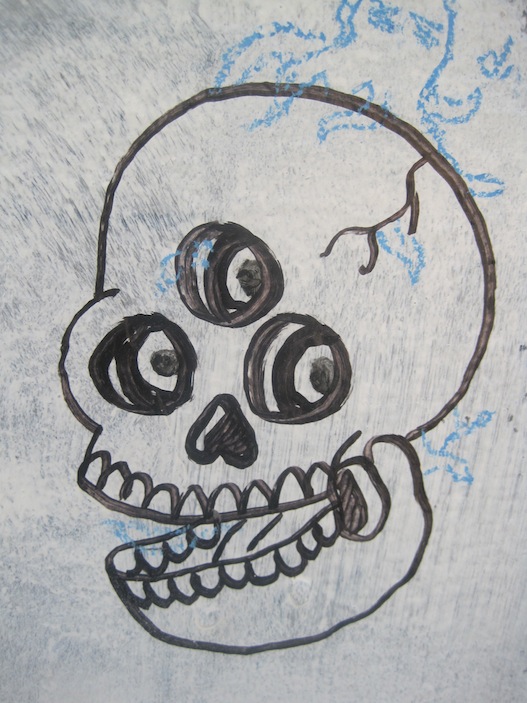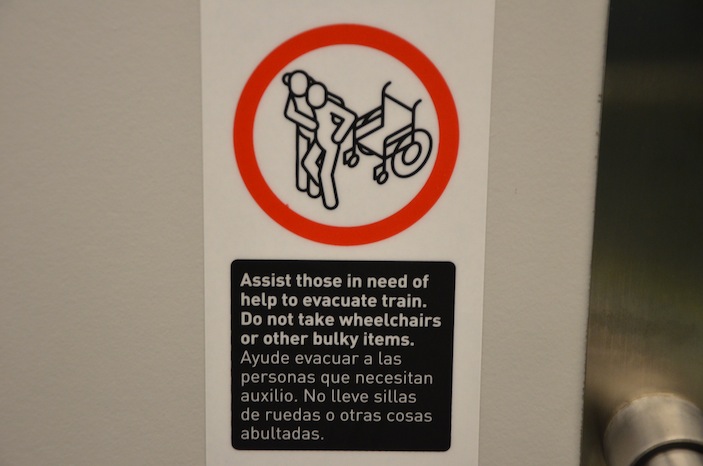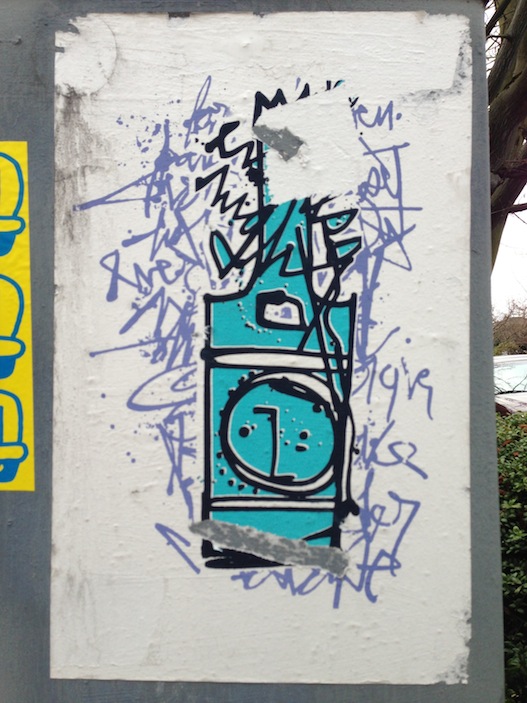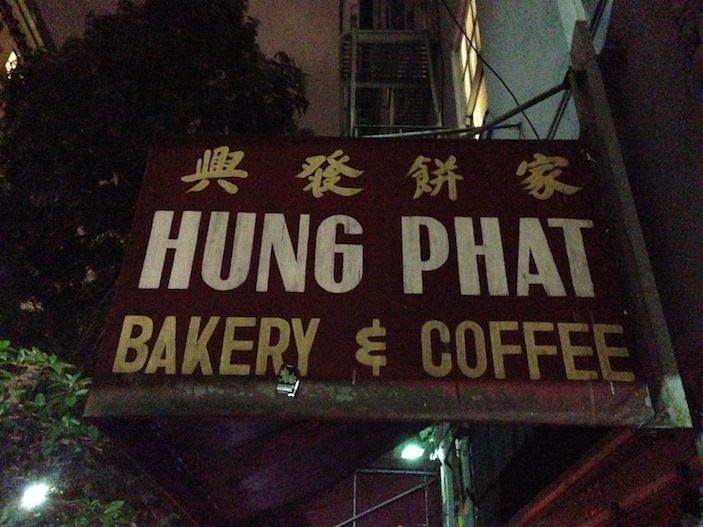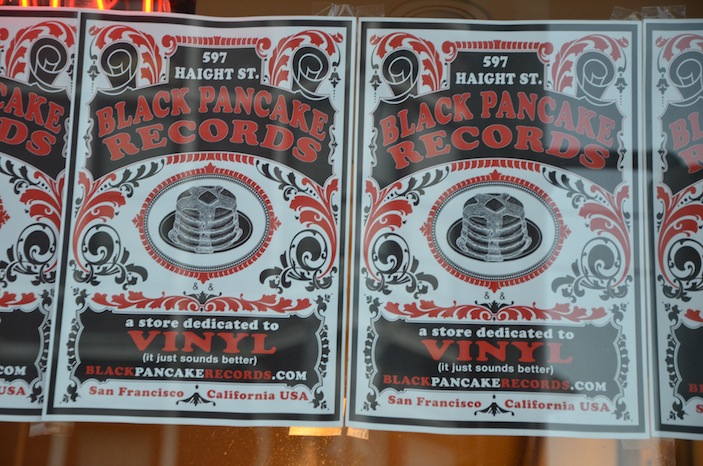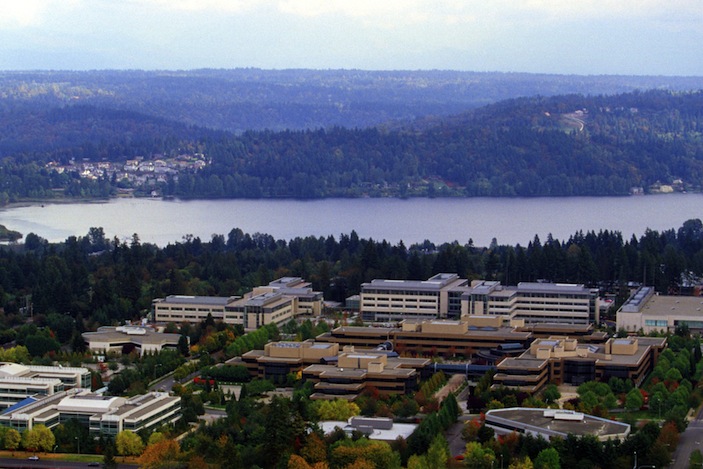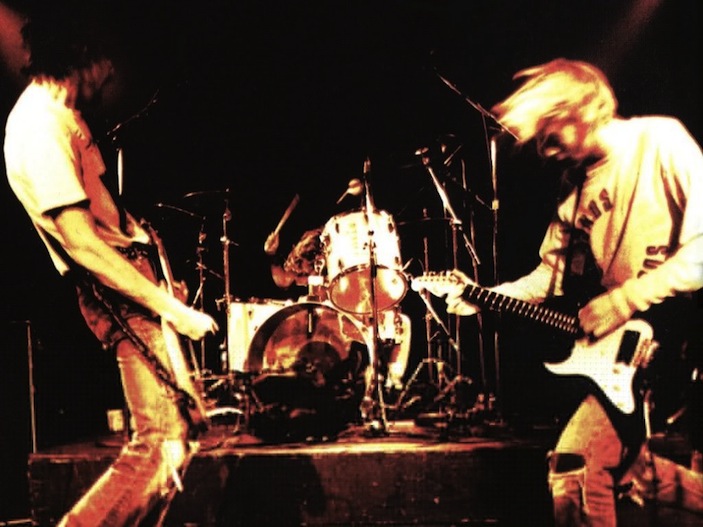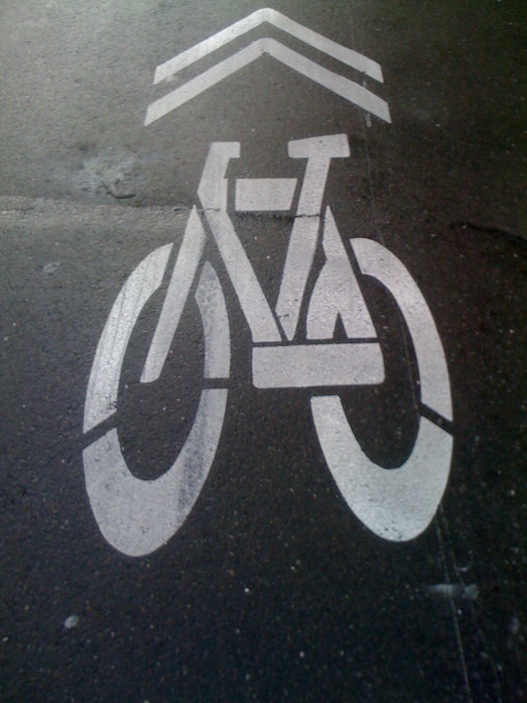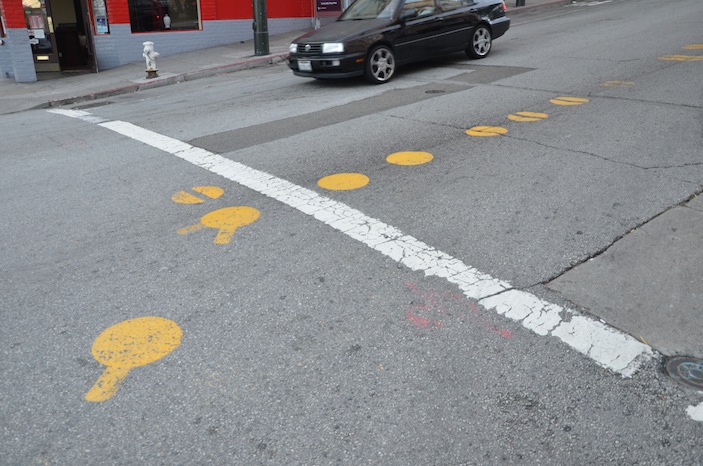IDsanfrancisco: 3 Eyes!
IDlosangeles: Assitance!
IDseattle: Capitol Hill Art
IDportland: Saturday Market
Very rarely can one find one particular cross-section of a major city that represents the city as a whole, but the Portland Saturday Market does exactly that. Just starting its 40th season, PSM is the largest continually operating outdoors arts and crafts market in the US, and operates every Saturday and Sunday from the beginning of March through Christmas Eve (including the “Festival of the Last Minute,” in which it opens daily up through Christmas Eve).
PSM’s unique nature is not so much about what is being sold–arts and crafts fairs everywhere tend to have the same things on offer–but about who is selling them. Whether it is the flannel shirts, the thick lumberjack beards, the messenger bags, or simply the atmosphere, stroll through the 258 vendor booths and you feel 100% reassured that you’re in a city where emo music, veganism, compost and recycling are ubiquitously accepted. There is plenty of talent too, as you may score a beautiful wall decoration, a unique homemade toy or piece of jewelry. That depends on your style. But one thing that is universally true is that you will go home with a happy stomach. With offerings ranging from Polish to pizza and mezze to Mexican, there is truly something for everyone.
Just make sure you make it to the right place–along the Waterfront on the river side of Naito Parkway, since the Skidmore Market adjacent to the MAX station often cashes in on its proximity. The more “authentic” experience is a block or two east, by the river–at the “official” Portland Saturday Market!
IDsanfrancisco: Hung Phat!
IDsanfrancisco: Black Pancake Records!
MyID: International Students Tell of First Impressions of USA
For today’s post, I found the perfect example of what I am hoping to have people share for the “MyID” feature. A group of international students at Ball State University in Indiana tell about their first impressions of life in the United States. Special thanks to littleleafyuko!
IDseattle: The Three Years That Changed Seattle Forever
Before 1990 or so, Seattle was a blue collar, industrial city tucked away in the Pacific Northwest. A manufacturing stronghold, it was home to one of the world’s largest aircraft makers—Boeing—and an active naval shipyard. It had a few professional sports teams, a large state university, and a lot of rain. Rain, in fact, was probably what the city was most known for.
That all started to change in 1986. It was in that year that Bill Gates decided to take his obscure computer software company public, giving it a home in the Seattle suburb of Bellevue. The next year, a man named Howard Schultz acquired a small coffee company, with just six stores in Seattle. And a year after that, two kids from the coastal town of Aberdeen, Washington—about two hours away—showed up in Seattle with their guitars and a vision.
That obscure software company, Microsoft, would end up becoming the most important name in the beginning of the digital revolution, creating three billionaires and an estimated 12,000 millionnaires among its employees. Seattle was now at the center of the technology world—Silicon Valley before Silicon Valley—and a city with significantly greater purchasing power as well.
As for the coffee company, well, it just so happened that Schultz had visited Milano, Italy earlier that year and noticed that there was a coffee bar in just about every corner. People did not just patronize them to fill up on coffee, but rather to meet and greet with friends and colleagues—they were a part of Italy’s social fabric. He decided to try to apply this concept to his new purchase, a little company called Starbucks, and the idea of coffeehouse-as-meeting-place would storm the nation and eventually the world. Today, Starbucks has more than 20,000 stores in over 60 countries.
And those kids—Krist Novoselic and Kurt Cobain—would create a band called Nirvana and with it, an entire counterculture. Grunge music was born, and more significantly, Seattle as the creative hub that spawned it. Seattle had had famous musicians before—think Jimi Hendrix—but he in particular spent the majority of his active years in London and elsewhere. Nirvana truly made Seattle home, and the city that had previously had a small music scene went on to produce Pearl Jam, Soundgarten and Alice in Chains among others.
Today, Seattle is regarded as anything but blue collar–a technology hub with an artistic, coffee house culture full of youth and creative energy. For this, it can look back on the years 1986-1988, and those few individuals that sparked the evolution from industrial port city to what it is today, and give thanks.
IDsanfrancisco: Bike Lanes!
The bike lane sign is pretty typical, but in the second picture below, those yellow markings are actually turn guides for cyclists!
.jpg)
